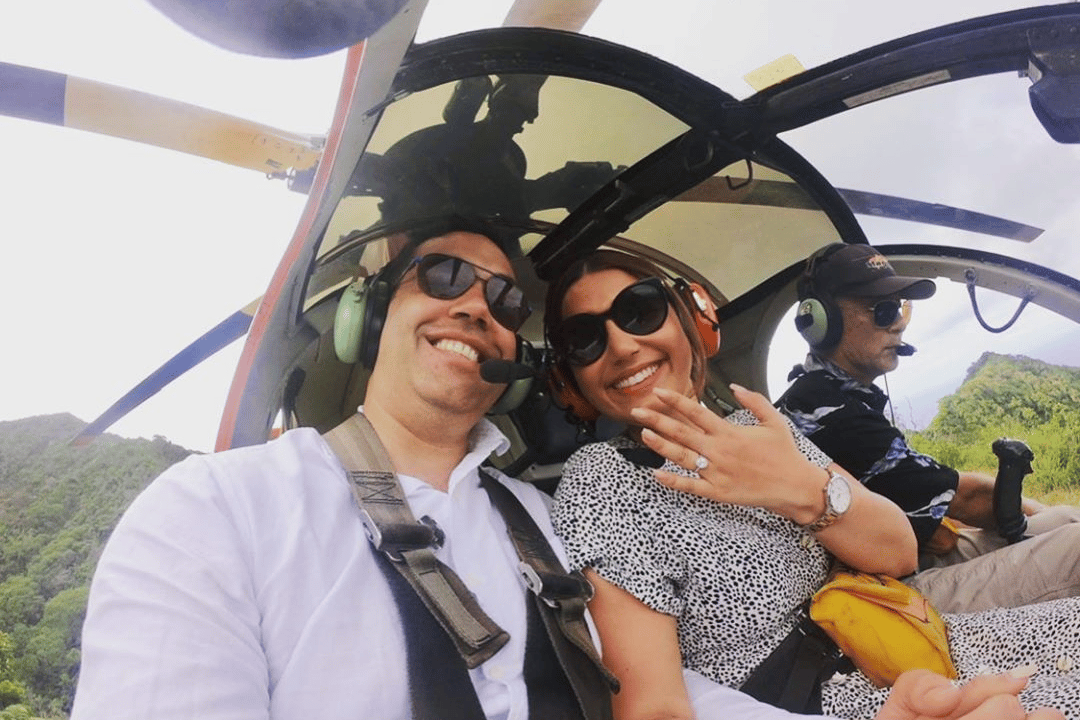
We’re standing in front of a jewellery store when I make the joke to my partner.
"So are you going to spend two months’ salary on my engagement ring?" I ask with a smirk on my face, pointing to one of the bigger rings I can see in the display.
"Yeah sure," he laughs back, asking me when I’d heard about this apparent ‘rule’.
I couldn’t remember when or where this idea had been planted in my mind, but it’s one most of us have at least heard of. If you haven’t, it only takes a quick search for it to pop up at the top of Google.
You should spend at least two months’ salary on the engagement ring. If, for example, you are making $60,000 per year, you should spend $10,000 on the engagement ring, a popup reads.
Watch: Engagement ring trends through the decades, from the 1900s to now. Post continues below.
Almost a year later, I don’t know how much my fiancé spent on my engagement ring but to me, it doesn’t really matter. My engagement ring symbolises so much more than the price tag that came attached to it.
Of course, there aren’t necessarily any ‘rules’ around how much you should spend on an engagement ring. This is completely up to you and your partner and how much you can both afford and are willing to spend.
Top Comments